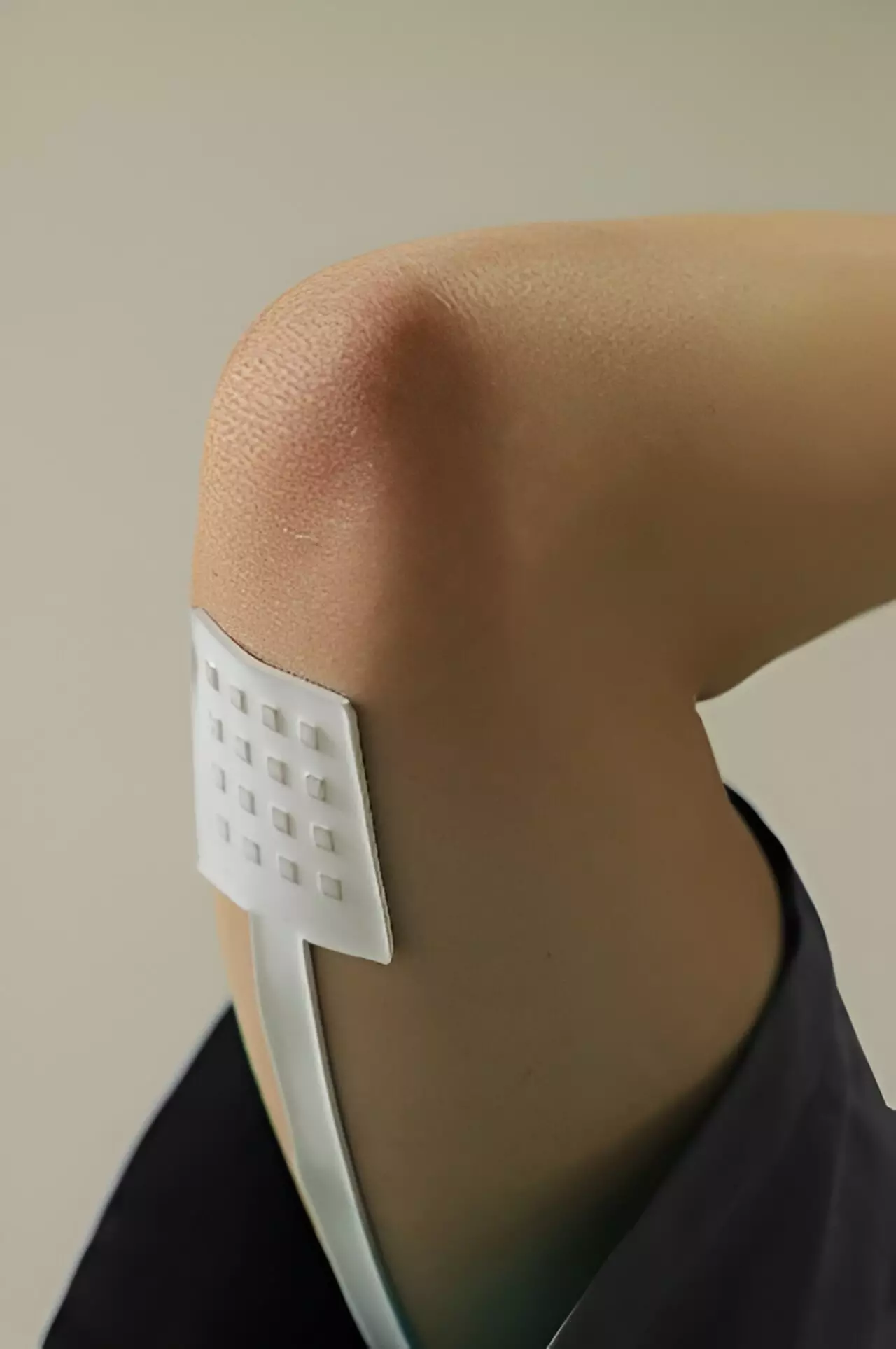Imagine a future where tactile sensors can adhere to the surface of your skin, providing customizable detection of biomechanical signals from various parts of your body. This seemingly futuristic concept is now one step closer to reality, thanks to groundbreaking research conducted by a team of researchers from Peking University.
In a recent study published in Science Advances, researchers have unveiled a set of flexible, modular tactile sensors that utilize 3D micro strain gauges as sensing units. These sensors are capable of achieving high-density mapping of pressure, wireless monitoring of biomechanical signals, and decoupled measurement of temperature, normal force, and shear force.
Han Mengdi, the corresponding author of the paper, highlighted the potential of these 3D micro strain gauges in the development of flexible tactile sensors and electronic skins. By transforming planar strain gauges into 3D forms through a lithographic process, the researchers were able to enhance the sensing modality and improve spatial density in tactile sensing.
Customization of Sensors
Chen Xu, a Ph.D. student in Han’s lab and a co-first author of the paper, emphasized the customization capabilities of these sensors. They can adjust the shape of the 3D microstructure, the thickness of each layer of thin film, and the encapsulating polymer to easily change the sensitivity and other properties of the tactile sensor. This flexibility provides a foundation for quickly customizing sensors to meet various needs.
Each flexible sensor contains four 3D micro strain gauges oriented orthogonally, allowing for the precise decoupling of normal force and shear force to determine the direction and magnitude of external forces. Additionally, the sensors incorporate a temperature sensing module and an anti-crosstalk circuit to support spatiotemporal mapping of forces at the skin interface.
These 3D micro strain gauges demonstrate compatibility with both microelectronics and macroelectronics, opening up potential applications in fields ranging from robotics to biomedicine and consumer electronics. This technological innovation enhances the sensing performance and integration solutions of flexible tactile sensors, paving the way for significant advancements in microelectronics and beyond.
The development of flexible tactile sensors utilizing 3D micro strain gauges represents a major leap forward in the field of sensor technology. The ability to customize sensors quickly and efficiently, along with the enhanced sensing performance and integration solutions, promises a wide range of applications and opportunities for innovation. With further research and development, these sensors have the potential to revolutionize the way we interact with technology and the world around us.


Leave a Reply